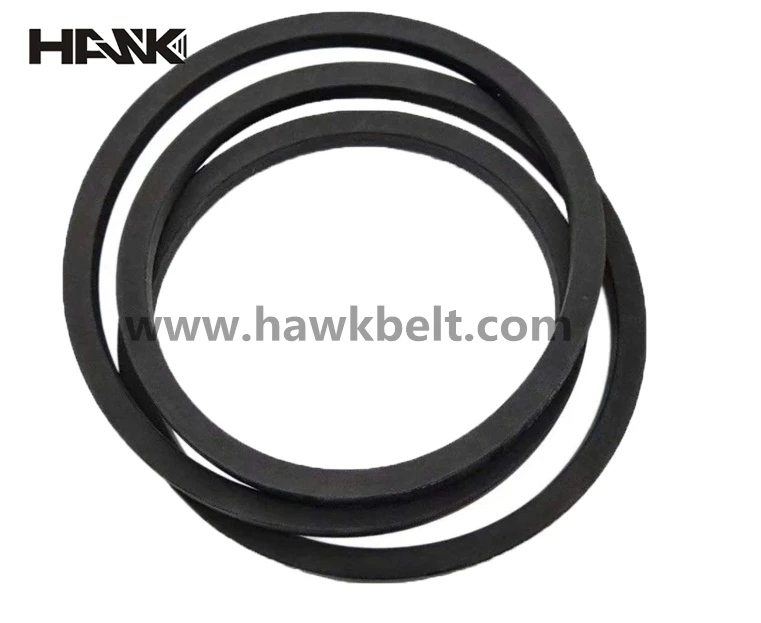- Arabic
- French
- Russian
- Spanish
- Portuguese
- Turkish
- Armenian
- English
- Albanian
- Amharic
- Azerbaijani
- Basque
- Belarusian
- Bengali
- Bosnian
- Bulgarian
- Catalan
- Cebuano
- Corsican
- Croatian
- Czech
- Danish
- Dutch
- Afrikaans
- Esperanto
- Estonian
- Finnish
- Frisian
- Galician
- Georgian
- German
- Greek
- Gujarati
- Haitian Creole
- hausa
- hawaiian
- Hebrew
- Hindi
- Miao
- Hungarian
- Icelandic
- igbo
- Indonesian
- irish
- Italian
- Japanese
- Javanese
- Kannada
- kazakh
- Khmer
- Rwandese
- Korean
- Kurdish
- Kyrgyz
- Lao
- Latin
- Latvian
- Lithuanian
- Luxembourgish
- Macedonian
- Malgashi
- Malay
- Malayalam
- Maltese
- Maori
- Marathi
- Mongolian
- Myanmar
- Nepali
- Norwegian
- Norwegian
- Occitan
- Pashto
- Persian
- Polish
- Punjabi
- Romanian
- Samoan
- Scottish Gaelic
- Serbian
- Sesotho
- Shona
- Sindhi
- Sinhala
- Slovak
- Slovenian
- Somali
- Sundanese
- Swahili
- Swedish
- Tagalog
- Tajik
- Tamil
- Tatar
- Telugu
- Thai
- Turkmen
- Ukrainian
- Urdu
- Uighur
- Uzbek
- Vietnamese
- Welsh
- Bantu
- Yiddish
- Yoruba
- Zulu
ਨਵੰ. . 09, 2024 16:57 Back to list
Understanding the Mechanism and Function of the Transmission Belt in Machinery
Understanding the Transmission Belt Functionality, Types, and Applications
A transmission belt is a crucial component in many mechanical systems, primarily serving to transfer power between different parts of machinery. It operates based on the principles of friction, connecting rotating shafts and enabling motion and energy transfer. Transmission belts play a significant role in various applications, from simple household appliances to complex industrial machinery.
The Functionality of Transmission Belts
Transmission belts function by transmitting rotational energy from one shaft to another. When the driving shaft rotates, it causes the belt to move, which in turn drives the driven shaft. This interaction allows for the conversion of motor speed into usable power for tasks ranging from driving fans and pumps to actuating conveyors.
The efficiency of a transmission belt relies on several factors, including the materials used, belt tension, and the alignment of the pulleys. A well-maintained belt system minimizes slippage and ensures that energy transfer is as efficient as possible, reducing wear and tear on the machine components.
Types of Transmission Belts
There are several types of transmission belts, each designed for specific applications and purposes
1. V-Belts These are the most common type of transmission belts, characterized by their trapezoidal cross-section. V-belts provide excellent grip and are particularly effective in transferring high amounts of torque. They are widely used in applications such as automotive engines, HVAC systems, and industrial machinery.
transmissian belt

2. Flat Belts Flat belts have a rectangular cross-section and are typically used in applications requiring long-distance power transmission. They are less efficient than V-belts in terms of grip but are suitable for applications where pulleys are spaced far apart.
3. Timing Belts Unlike V-belts and flat belts, timing belts have teeth that prevent slippage, ensuring precise synchronization between the driving and driven shafts. This feature makes them ideal for applications in engines and robotics, where exact timing is critical.
4. Round Belts Round belts are made of a flexible material and are often used in light-duty applications. They are praised for their simplicity and ease of installation, making them common in home appliances and small machinery.
Applications of Transmission Belts
Transmission belts can be found in a vast array of machines and devices. In the automotive industry, they play an integral role in powering alternators, water pumps, and air conditioning compressors. In manufacturing and industrial settings, conveyor belts rely on transmission belts to move products and materials efficiently through production lines.
In the realm of home appliances, transmission belts drive components in washing machines, dryers, and vacuum cleaners, demonstrating their versatility and importance in everyday life. The design and material selection of these belts vary based on the specific requirements of each application, ensuring optimal performance and longevity.
Conclusion
In summary, transmission belts are essential components that facilitate the transfer of energy in machines and systems. Their various types, including V-belts, flat belts, timing belts, and round belts, cater to a wide range of applications across multiple industries. Understanding the functionality and significance of transmission belts enables engineers and manufacturers to enhance system performance, reliability, and efficiency. As technology continues to progress, the development of stronger and more durable transmission belts will likely play a vital role in the evolution of machinery and equipment.
-
Korean Auto Parts Timing Belt 24312-37500 For Hyundai/Kia
NewsMar.07,2025
-
7PK2300 90916-T2024 RIBBED BELT POLY V BELT PK BELT
NewsMar.07,2025
-
Chinese Auto Belt Factory 310-2M-22 For BMW/Mercedes-Benz
NewsMar.07,2025
-
Chinese Auto Belt Factory 310-2M-22 For BMW/Mercedes-Benz
NewsMar.07,2025
-
90916-02660 PK Belt 6PK1680 For Toyota
NewsMar.07,2025
-
drive belt serpentine belt
NewsMar.07,2025

